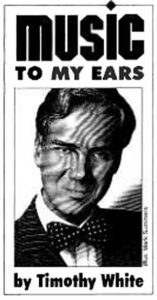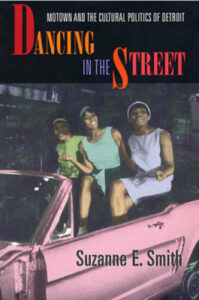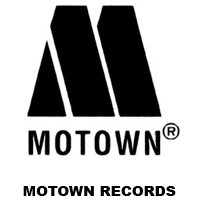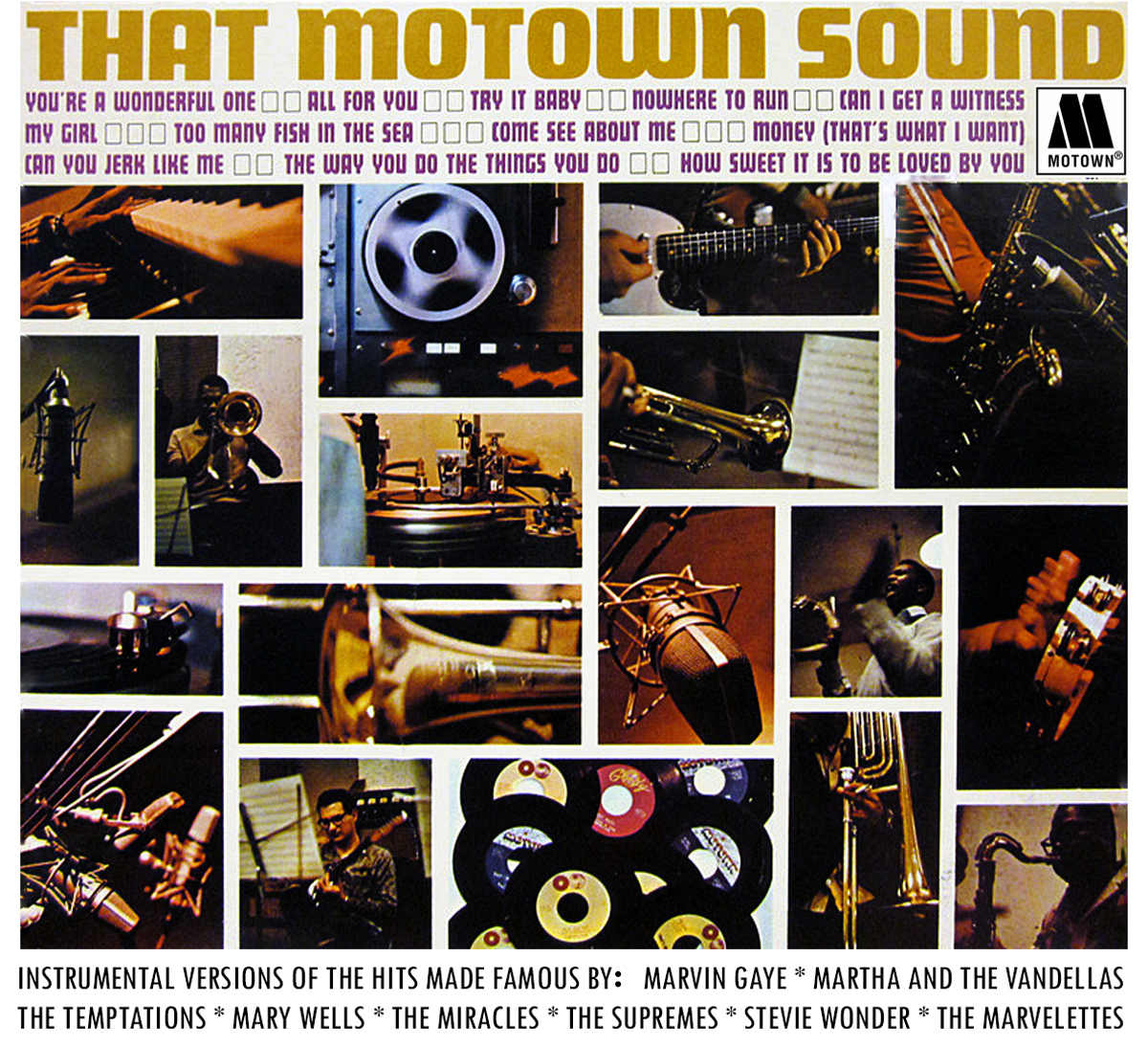 Beyond Known for Pressing Hit Records, Motown Book Reflects of Its History, Cultural Relationship, and Racial Contributions to the Motor City
Beyond Known for Pressing Hit Records, Motown Book Reflects of Its History, Cultural Relationship, and Racial Contributions to the Motor City
 Music is an often heartfelt imitation of history. However, the discordant realities of history teach us that human beings usually strike the wisest notes only after all other options have been exhausted.
Music is an often heartfelt imitation of history. However, the discordant realities of history teach us that human beings usually strike the wisest notes only after all other options have been exhausted.
Consider the music and underlying truths of the legendary Motown Sound. There have been many book-length musical studies of Motown Records, its artists, recordings, and popular success, the best of them being author Nelson George’s “Where Did Our Love Go? The Rise And Fall Of The Motown Sound” (St. Martin’s Press, 1985). But there has never been an intimate, full-length history of Motown Records’ relationship with Detroit, whose African-American infrastructure of politicians, social activists, business owners, and industrial work force at the “Motor City” auto plants intermingled with the black music community and the corresponding strata of white Detroit to shape the cultural imperatives Motown expressed.
Now thanks to the publication of the fascinating “Dancing In The Street: Motown And The Cultural Politics Of Detroit” (Harvard University Press) by native-born author Suzanne E. Smith, music fans as well as lovers of social history can grasp for the fast time the unique nature of Detroit’s daily social scheme and its impact on the lives of those who embodied the Motown Sound during the parallel cresting of the civil rights movement.
While openly valuing the work of George and other chroniclers, Smith takes readers into the heretofore unexamined sphere of Detroit’s sidewalk-level social ferment from Motown’s founding in 1958 on through the city’s devastating riots in 1967 and the related early -’70s flight from its precincts of the two enterprises central to its modern identity. Those exiting businesses were, of course, the mammoth auto industry which relocated to the Michigan suburbs, and Motown, the most successful black business in America when it departed for Los Angeles in 1972, the year before Detroit elected Coleman Young its first black mayor.
“My fortune was the direct result of my city’s misfortune-of the same fear and loathing that had caused all my problems and Detroit’s problems in the first place,” reflected Young, as quoted by Smith in her skilled analysis of his ascendance. “I was taking over the administration of Detroit,” added Young, “because the white people didn’t want the damn thing anymore.”
 Smith does a brilliant job of explaining the central role music plays in Detroit’s saga as far back as 1914, when Henry Ford’s announced daily plant wage of $5 moved bluesman Blind Blake to sing “Detroit Bound Blues” to help motivate Southern blacks to seek “a good job . . . in Mr Ford’s place.” Smith depicts the unique forces and individuals that gave rise to Motown in the years between the post -World War II rise of Detroit as “the Arsenal of Democracy, the industrial hero of the global conflict,” and the later economic and social setbacks Young tried to surmount as he struggled with racial polarization and the 1973 OPEC oil embargo. In a real sense, the mayor’s unofficial 1973 anthem was Stevie Wonder’s “Living For The City.”
Smith does a brilliant job of explaining the central role music plays in Detroit’s saga as far back as 1914, when Henry Ford’s announced daily plant wage of $5 moved bluesman Blind Blake to sing “Detroit Bound Blues” to help motivate Southern blacks to seek “a good job . . . in Mr Ford’s place.” Smith depicts the unique forces and individuals that gave rise to Motown in the years between the post -World War II rise of Detroit as “the Arsenal of Democracy, the industrial hero of the global conflict,” and the later economic and social setbacks Young tried to surmount as he struggled with racial polarization and the 1973 OPEC oil embargo. In a real sense, the mayor’s unofficial 1973 anthem was Stevie Wonder’s “Living For The City.”
If you’ve never heard about the Concept East Theater; or of WCHB, the first radio station built, owned, and operated by African-Americans; or never knew about organizations like the League of Revolutionary Black Workers; or the Freedom Now Party (the first all-black political party in the nation), Smith’s text will explain their rich legacies. And if you thought Martha & the Vandellas’ 1964 smash “Dancing In The Street” (from which the Rolling Stones borrowed a central lyrical/melodic passage for “Street Fighting Man“) was just a party song, or assumed the Supremes’ 1967 hit “The Happening” was only frivolous soul /pop, this book will open your eyes and ears. In the past, many have likewise been too hasty or facile in taking either Motown or ambitious founder Berry Gordy Jr. to task for not rallying to the cause of civil rights at critical stages when it would have aided leaders like Dr. Martin Luther King Jr. and Malcolm X following his break from the Detroit-bred Nation of Islam. To her great credit, Smith does exactly the opposite, marshaling an avid researcher’s dogged thoroughness and a social historian’s grasp of underlying factors to show such pronouncements to be untrue or grossly oversimplified.
Smith makes it plain that while Motown did not issue Malcolm X’s 1963 Detroit “Message To The Grass Roots” speech or sponsor the business panel at the Northern Negro Grass Roots Conference where Malcolm spoke, the company’s roots in supporting local black enterprise were deep and vigorous. “In fact,” she writes, “Motown’s prosperity as a black-owned business achieved many of the economic objectives of black nationalism espoused by leaders such as Malcolm X.” Moreover, Smith effectively refutes the longstanding assertion that Gordy shrewdly issued its first spoken -word recording, “The Great March To Freedom,” merely to capitalize on the national publicity surrounding the King -led March on Washington. Deliberately released on the same day (Aug. 28, 1963) as the March on Washington, the “Great March” album preserved an earlier version of King’s “I Have A Dream” speech as delivered at the historic (and arguably larger and more politically pivotal) June 1963 Detroit Great March. Even King initially claimed the album used its “I Have A Dream” subtitle only after Motown “saw the widespread public reception accorded said words when used in the text of my address to the March on Washington.”
 But Smith documents that Motown subtitled all 11 tracks on the album to reflect portions of the speeches, that King used the dream metaphor in his talks and writings as far back as 1960, and that since “Motown completed the album in mid-August . . . it would have been impossible for Gordy to know ahead of time that the `’I Have A Dream’ speech would catch on.” Tension and confusion over such matters led to a temporary court injunction by King against Motown before King dropped it. Motown was subsequently allowed to press an LP documenting the entire Washington version of King’s address, and he won a 1970 Grammy forhis album on Motown’s Black Forum label, “Why I Oppose The War In Vietnam.”
But Smith documents that Motown subtitled all 11 tracks on the album to reflect portions of the speeches, that King used the dream metaphor in his talks and writings as far back as 1960, and that since “Motown completed the album in mid-August . . . it would have been impossible for Gordy to know ahead of time that the `’I Have A Dream’ speech would catch on.” Tension and confusion over such matters led to a temporary court injunction by King against Motown before King dropped it. Motown was subsequently allowed to press an LP documenting the entire Washington version of King’s address, and he won a 1970 Grammy forhis album on Motown’s Black Forum label, “Why I Oppose The War In Vietnam.”
Smith, who was born in Henry Ford Hospital on Aug. 19, 1964, the sole
daughter of three children by one-time Chevrolet Gear and Axle assembly-line worker Gerald Smith and the former Caralee Narden, told this columnist her goal in writing “Dancing In The Street” was “to show that Motown came from a very vibrant and complex community whose racial and cultural struggle are nearly forgotten and yet still need to be understood — because it produced something marvelous.”
On Feb. 23, the Music Division of the Library of Congress held a book party for “Dancing In The Street” to raise awareness for a Center for the Study of Rhythm and Blues Music that would help support more scholarship like Smith’s. Meanwhile, as Motown proved, corporations are integral to the health and well-being of communities. In an era when the stockholders and the bottom line seem to justify any sort of consolidation or relocation in search of increased profit-taking, the music industry must remember that people still come first If there is a final lesson that burns through the pages of “Dancing In The Street,” it’s that Motown’s original meaning and mission will always be linked inexorably to the people and history of Detroit. In fact, the Motown Record Co. should consider returning to the Motor City, proposed site of an expanded Motown Museum, and finish what it started in 1958. END
_______________
Credit source information (as published): Billboard, March 18, 2000

‘Dancing In The Street: Motown and the Cultural Politics of Detroit’, by Suzanne E. Smith, can be found available at Amazon Books and eBay.

![]()





